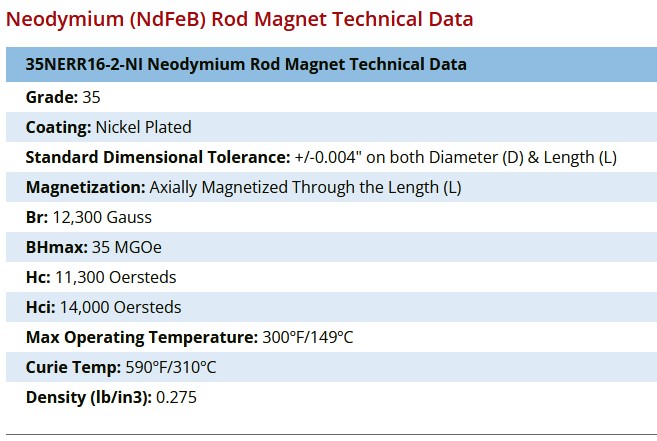Seems I come back to this every now and then, in my head it seems like it should work, but physically designing it and building it eludes me.
So I had another very through chat with chatgpt4. I'm convinced that no magnetic field is actually static, which is like blasphemy in the scientific field when it comes to permanent magnets.
If we look at how the atoms in iron can align their electrons together to create a magnetic field. Then take into account that all these electrons are moving (albeit small distances within the individual atoms). Then shouldn't the magnetic field that these electrons are producing move also at the same rate they are moving around the atoms.
The short answer I got from chat gpt is they would be moving in Terra hertz frequencies. Meaning that a permanent magnet made from iron actually has a magnetic field that is essentially vibrating at this same frequency due to the magnetic field being attached to these moving electrons within the atoms of the iron.
I looked it up and Electrons "orbit" Iron atoms at approximately 57,000,000 m/s.
Then if we go back to basics of induction, the speed at which a magnetic field moves (and this is moving wicked fast even if only microscopic distances) then the speed of this movement alone should generate something if the inductor is properly tuned to the rate at which the electrons are orbiting the atoms of the iron magnet. In speculation it seems this should create a very high frequency AC current in the inductor if it is properly tuned to the rate of orbit of the electrons in the iron.
I can picture it all in my head, but where I'm struggling with figuring this out is my lack of knowledge when it comes to electrical power itself and things like inductance and how to build a coil that's supposed to resonate at a specific frequency.
What I picture is a coil wrapped around an iron magnetized core that is in tune with the frequency at which the literal electrons are orbiting the iron atoms.



.png?width=50&crop=0,0,50,50)

